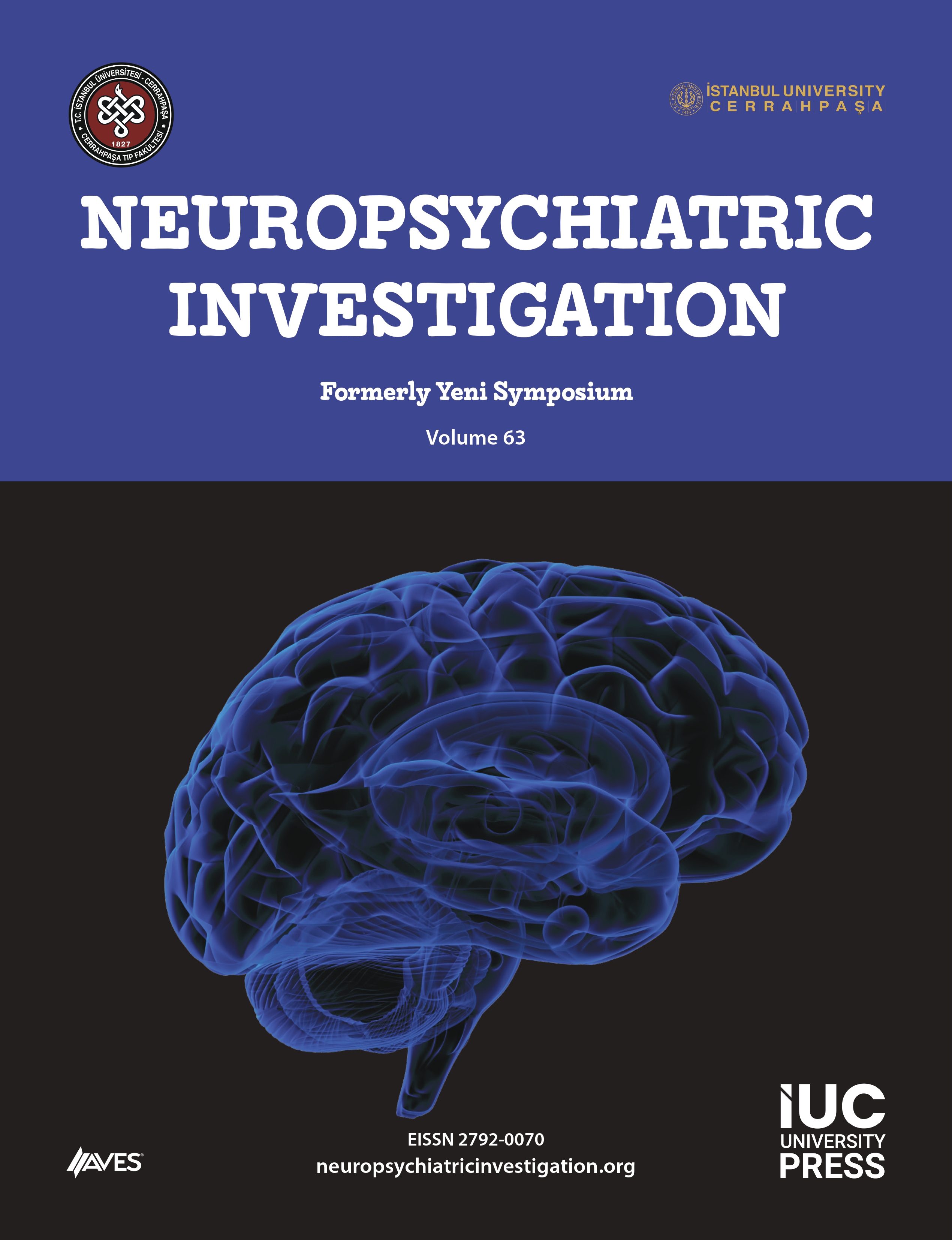Objective: Nonheterosexual sexual orientation is an under researched topic in Muslim countries. The present study aimed at investigating aspects of same-sex sexual orientation in the Turkish cultural context.
Methods: This web-based survey investigated the correlates of same-sex sexual orientation in 517 men and women in Turkey by means of a self-report questionnaire.
Results: The percentages of nonexclusive same-sex sexual behavior (8.1%), attraction (35.4%) and identity (7.8%) observed in this study were somewhat higher than the ones reported in a previous study. Fewer childhood boy typical behaviors, more childhood cross-gender behaviors and earlier age of sexual debut in men and more instances of childhood sexual abuse (CSA) and earlier age of sexual debut in women were the significant predictors of same-sex sexual behaviors. Fewer childhood boy typical behaviors and earlier age of sexual arousal in men and, greater sex drive and CSA in women were the significant predictors of same-sex sexual attractions. Fewer childhood boy typical behaviors and earlier age of sexual arousal in men and, more childhood boy typical behaviors in women were the significant predictors of homosexual or bisexual identity.
Discussion and Conclusion: Compared to the findings from a previous study, the results from this investigation showed somewhat higher percentages of nonexclusive same-sex sexual orientation. The findings from the present study seem to be in line with deductions from the neurohormonal theory.




.png)